What Is a Treadwheel Crane?
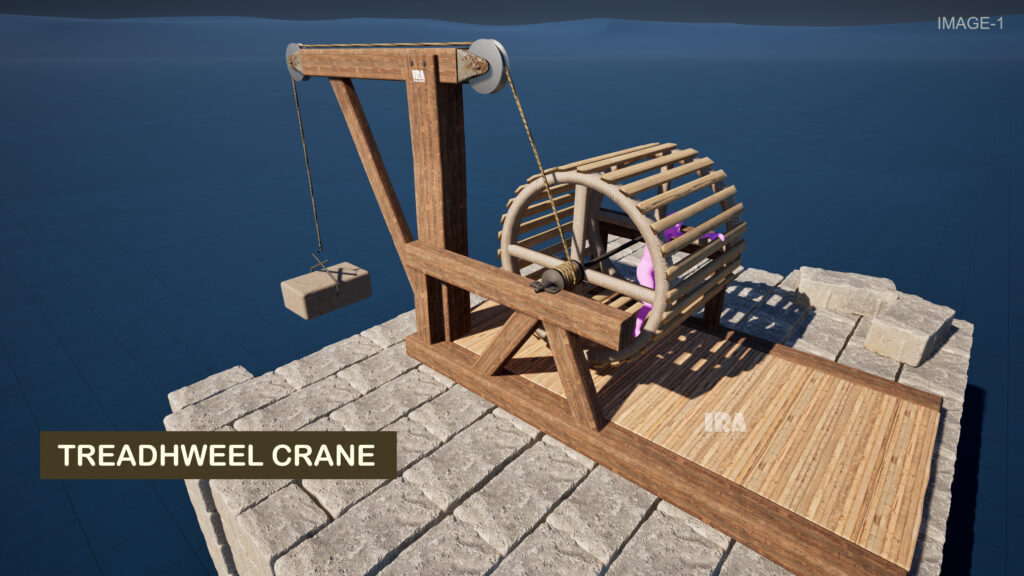
A treadwheel crane, also known as a human-powered crane, was a large wooden lifting device used during the Middle Ages and Roman period for lifting heavy construction materials. It relied solely on human power, where workers walked inside a large wheel — much like a hamster wheel — to generate lifting force.
These cranes were mainly used in the construction of cathedrals, castles, harbors, and other monumental structures, showcasing the brilliance of ancient mechanical engineering.
🎥 See It in Action – 3D Explanation Video
⚙️ How Does a Treadwheel Crane Work? (With 3D Marked Visuals)
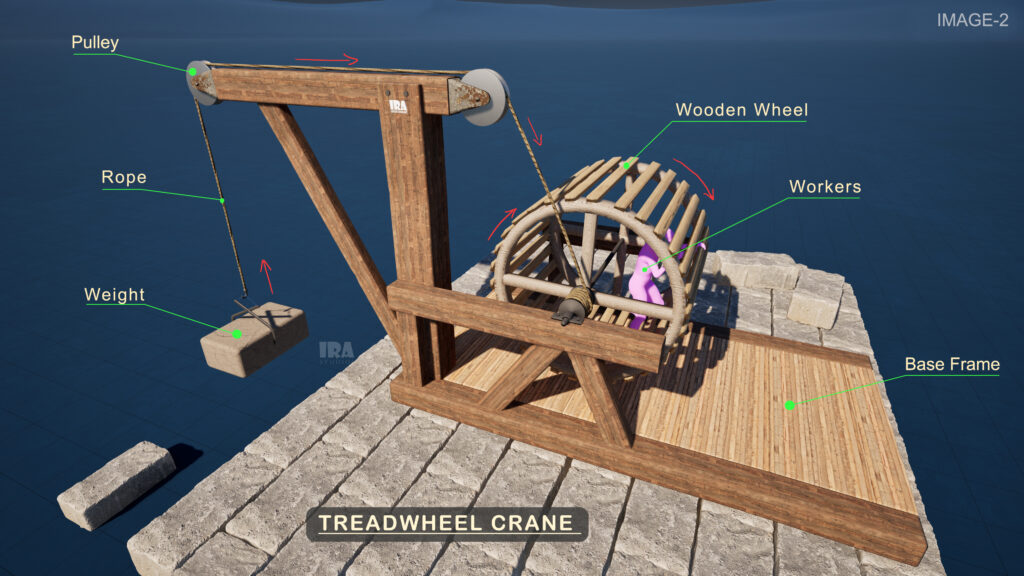
The working mechanism of a treadwheel crane is simple but effective:
Treadwheel: A large circular wheel that a worker walks inside. This wheel acts as a winch drum.
Axle and Rope System: As the wheel turns, it rotates an axle connected to a rope or chain.
Hook or Pulley: Attached to the rope, this raises the load vertically as the wheel turns.
Base Frame: The wooden structure that holds everything in place and keeps it stable.
This system provides mechanical advantage, allowing a single human to lift heavy stones and logs many times their weight.
🛠️ Materials and Design
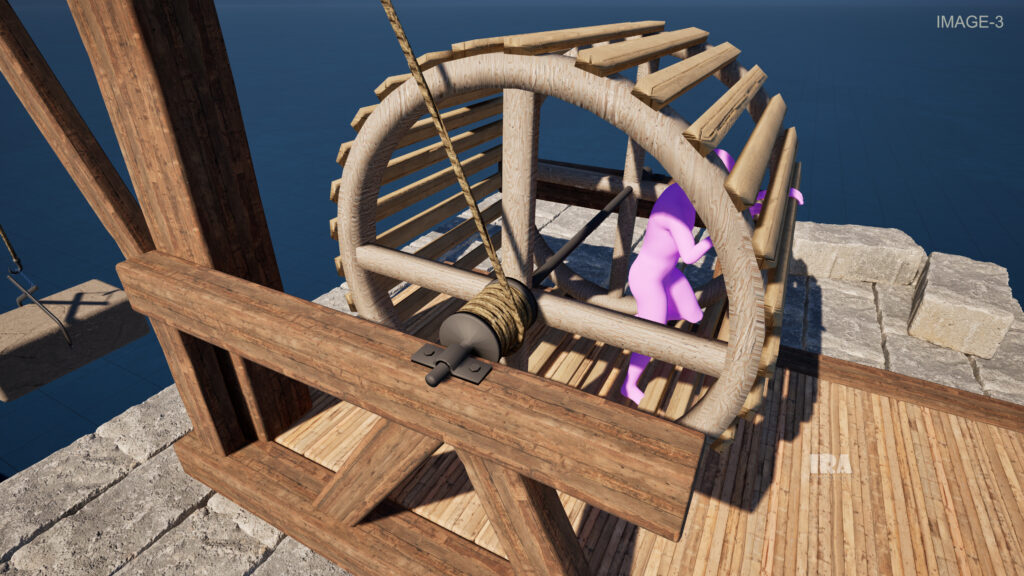
Treadwheel cranes were primarily made of:
Oak or strong timber for the structural frame
Ropes made of hemp
Iron hooks and fastenings for durability
The design could be vertical (with the wheel on top) or horizontal depending on the lifting height and space constraints.
Where Were Treadwheel Cranes Used?
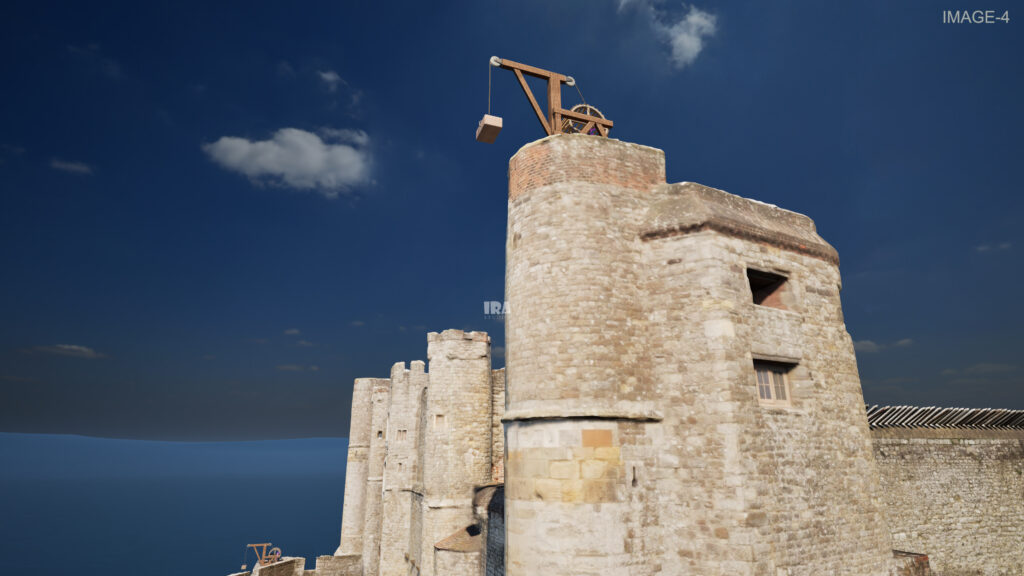
Treadwheel cranes were widely used during:
- The Roman Empire (e.g., harbors and aqueducts)
The Middle Ages (cathedral and castle construction)
Shipyards for loading heavy goods
Some cranes were mounted on castle towers or scaffolds, while others were used as mobile cranes on wheels.
🧠 Why Is It an Engineering Marvel?
Utilized human kinetic energy efficiently
Required no fuel or animals
Provided a mechanical advantage of up to 5:1 or more
Durable, reusable, and adaptable
Even today, the treadwheel crane is studied in engineering schools as a perfect example of simple machines, including the wheel and axle, pulley, and lever.
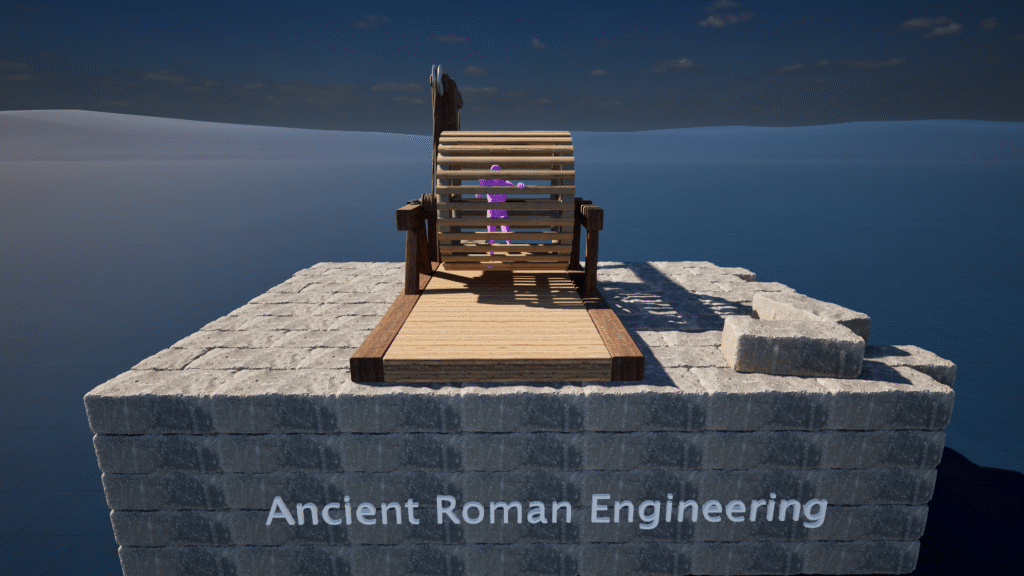
🔖 Conclusion
The treadwheel crane is a powerful symbol of how ancient civilizations mastered physics and engineering long before the invention of engines. Its simple yet smart mechanism reminds us that innovation doesn’t always need electricity — just ingenuity.
Want to learn more through visual storytelling? Check out our detailed 3D explanation blog on The Dark History of the Treadmill: From Torture Device to Fitness Machine
📢 Don’t Forget to Share!
If you found this article informative, feel free to share it on your social media and subscribe to our YouTube channel [IRA STUDIOS] for more 3D explanations of how things work.
USEFUL LINK